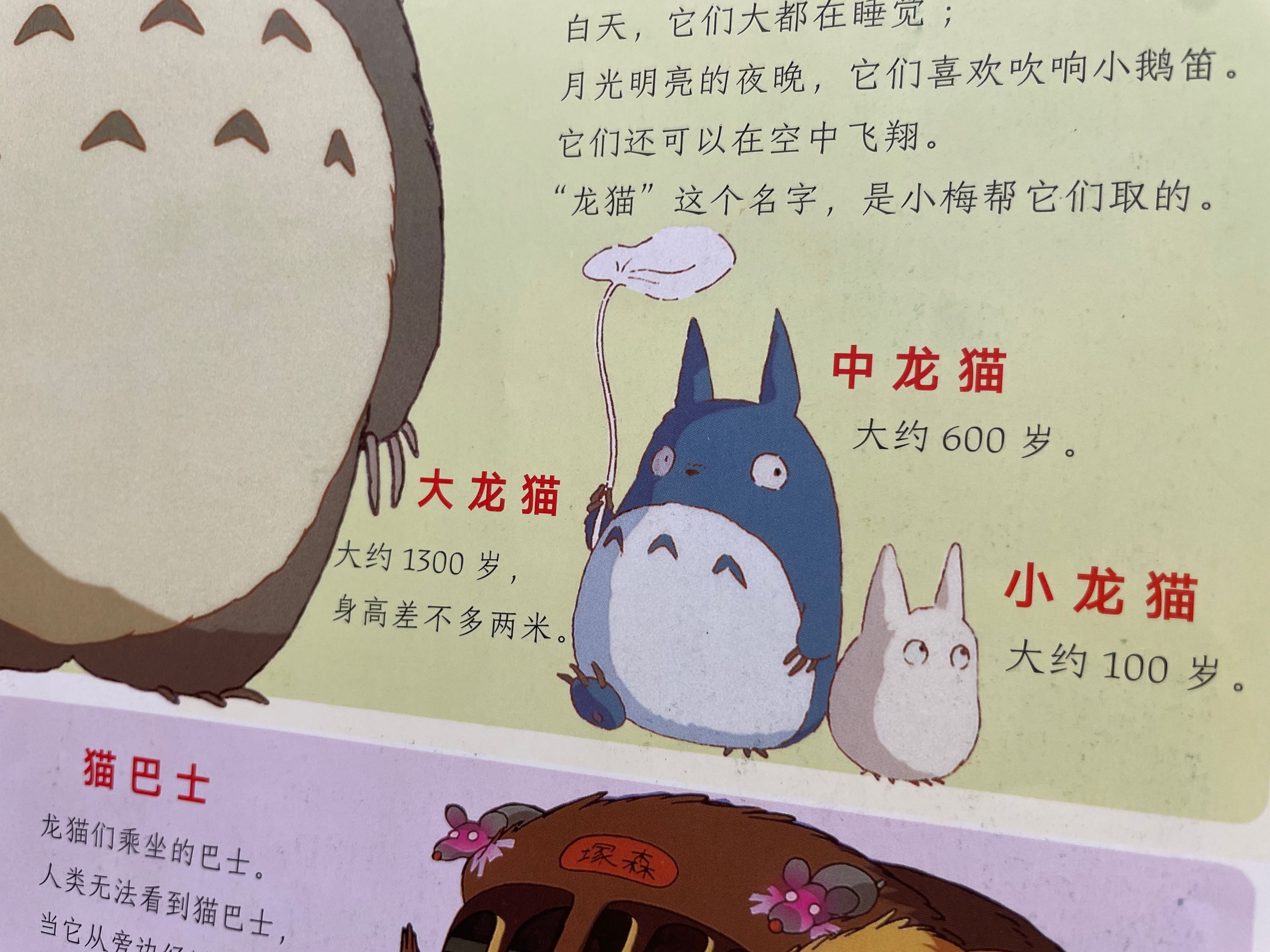Totoro, Allusion & Authorial Intention
2022-09-12 ☼ teaching ☼ literature ☼ culture ☼ blog
Once our son turned three and a half, we decided it was time to introduce him to the world of cinema1, and the film we decided to start with was My Neighbour Totoro. Two months on, and our viewings of the Studio Ghibli classic are now in double figures. No other film has survived more than a minute of sceptical contemplation before an executive decree returns us to Mei and Satsuki and the soot sprites. I love My Neighbour Totoro, and I’m delighted that it has now been assimilated into the texture of our family mythology, but my relationship with the movie has changed after ten viewings. I’ve noticed the subtle foreshadowing that is threaded through the film (like how the sandal in the lake is an echo of Satsuki finding Mei’s hat after she falls asleep in the tree), thought too hard about the zoological characteristics of the totoro species (why is the big one nocturnal while the medium and little totoros are active in the daytime?) and queried the canonical status of the details in our Chinese picture book:

”Big Totoro is 1,300 years old, Medium Totoro is 600 years old, Small Totoro is 100 years old” — IS THIS TRUE?
But I’ve also been thinking about allusion. To anyone familiar with Alice’s Adventures in Wonderland, the cat bus seems like a clear allusion to the Cheshire Cat. And Mei seems to be following in Alice’s footsteps when she chases a small pointy-eared creature and tumbles down a hole in the ground. According to Miyazaki, however, any similarities are coincidental.
As an English teacher, I generally try to steer my students away from the intentional fallacy. Their natural tendency is to frame their analysis around the message that an author was trying to communicate, and it takes some time to bring them round to the idea that we should focus on what the text itself does, not what the author did, which might mean exploring effects and resonances that transcend the writer’s intentions — if indeed he or she was even conscious of those intentions when creating the work in the first place. But allusion is a technique that forces us to think about intention, because an accidental allusion is no allusion at all.
So any time we teach students about allusion, we are compressing an entire philosophy of criticism into this one technique: a presumption that the intention of the author is significant, and that we have access to this intention as readers. I am now thinking for carefully for the first time about the way allusion creates tension with the approach to analysis I generally teach, and whether it can play any useful function at all in an assessment task (such as a paper 1 literary analysis) that requires students to break down a text without any knowledge of authorial context.
Our one previous foray into film, a viewing of the Paw Patrol movie split into TV-episode-sized chunks over the course of a week, has been officially stricken from the record.↩︎